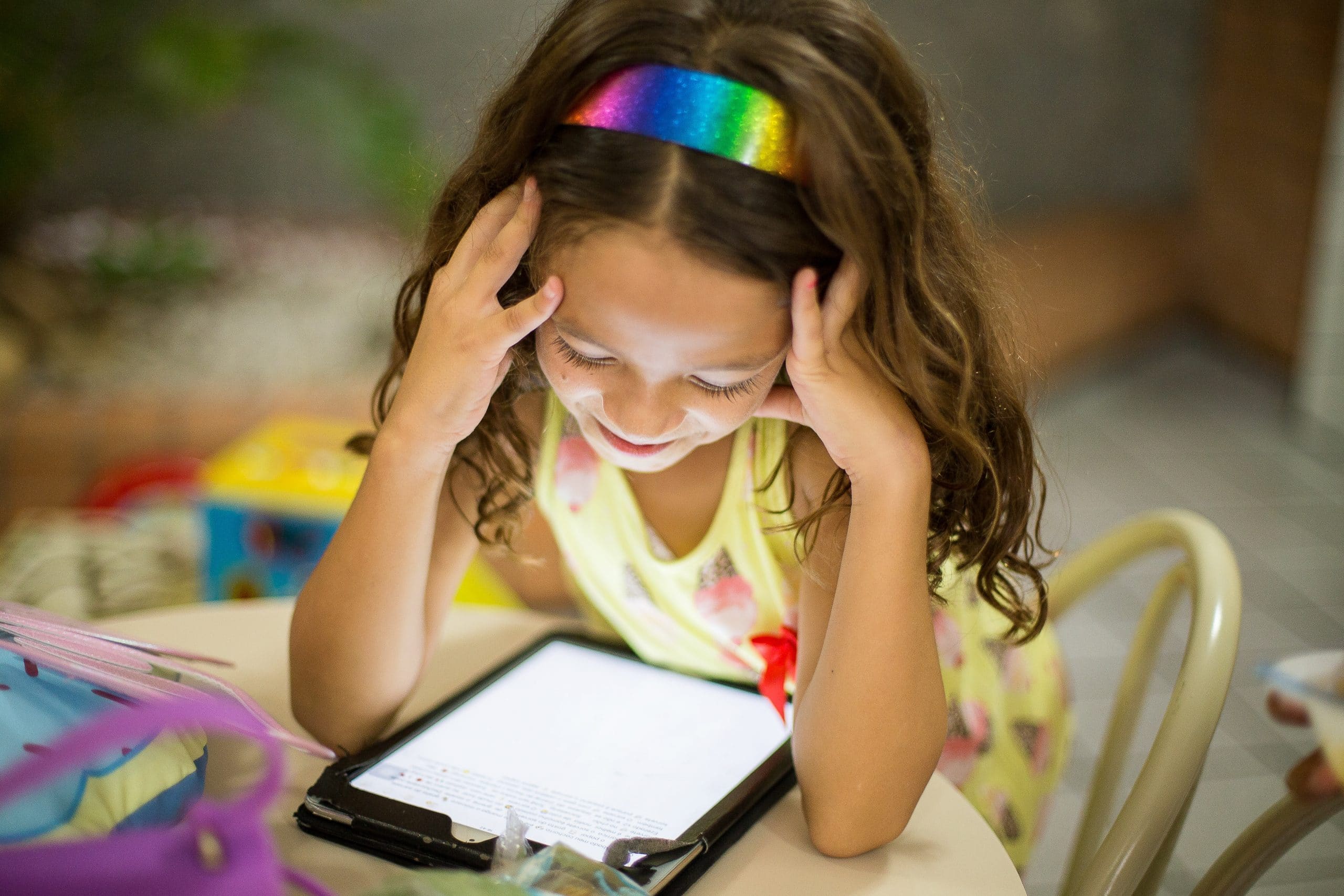The digital solutions developed by Learn&Go are already in use in schools in France and other countries, and have been validated by the French Ministry of National Education. They help children in cycles 1 to 3, from kindergarten to CM2, to learn to read and write.
Kaligo thus provides the child and the teacher with direct feedback on graphomotor skills (pressure of the pencil on the tablet, the way the student traces the letter etc.).
Since 2021, Kaligo dys, developed specifically for dyslexic and dyspraxic children, has been available for use by health professionals during sessions or in specialized schools.
Now, with Kaligo+, Learn&Go“maximizes inclusion at school for children with special needs, with a fairly broad spectrum, motor and cognitive disorders for example,” said Carole Pontis, Educational Content and Communications Officer at Learn&Go.
The digital application currently being developed includes multisensory, kinesthetic and oralization exercises. These original and customized exercises are more suitable for the child’s learning path. They aim to introduce writing and reading in a fun way, for example by transcribing a gesture made in the air onto a screen, by the use of drawings or by using a virtual reality headset.
“With Kaligo+, we have moved beyond simple pencil and paper, which may constitute a block for children with special needs, by offering different exercises suited to their needs, to ensure that they continue to learn while having fun,” Carole Pontis, Educational Content and Communications Officer at Learn&Go.
Due to a lack of time and staff, families are often obliged to rely on specialists in their practices in order to go over things that have been taught at school but that have not been acquired by their child. Waiting times to obtain an appointment are, however, long. With this application, the professional (teacher or specialist) can provide them with exercises and thus ensure they continue to learn at home.
Artificial Intelligence provides feedback, which will also show how much progress the child has made over time.



